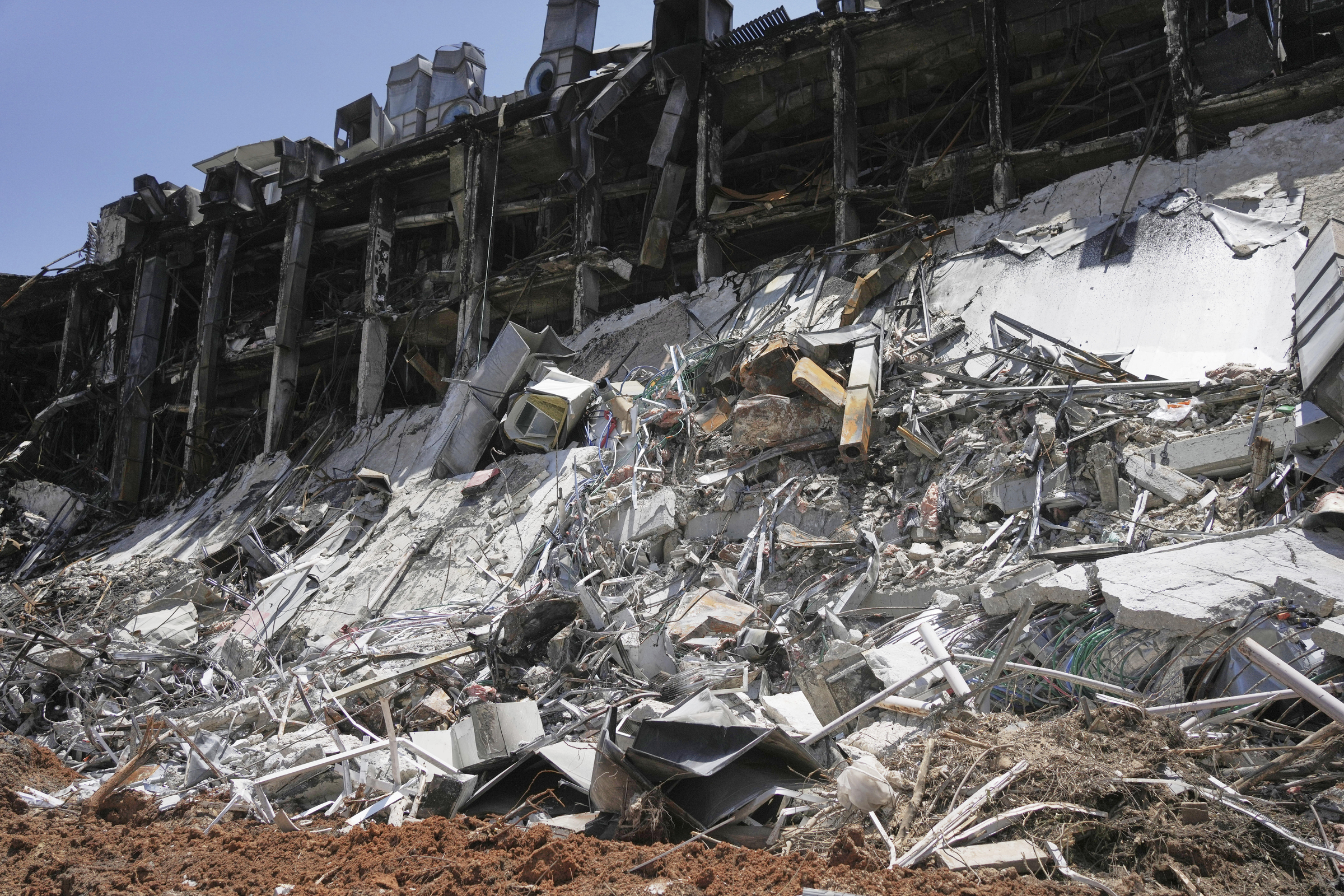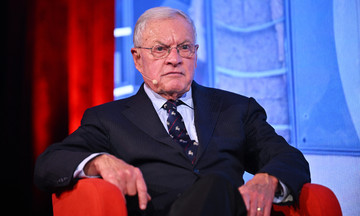For years, Israel has targeted Iranian nuclear scientists, hoping to hinder Iran's nuclear ambitions by eliminating the minds behind the program.
On 13/6, Israel launched a preemptive airstrike, initiating Operation "Rising Lion" against Iran. In the opening salvo, Israeli forces eliminated several key Islamic Revolutionary Guard Corps generals and scientists central to Iran's nuclear program.
Throughout the operation, Israeli intelligence categorized Iranian scientists into four tiers, from highest to lowest priority, based on precise intelligence. Scientists with irreplaceable military expertise were ranked highest.
A senior Israel Defense Forces (IDF) official stated that 120 members of the country's military intelligence and air force were deployed to a Unit 8200 facility to plan the operation.
"Over the past year, we began building a target bank. Each team had a specific mission, from eliminating scientists to taking out command centers and radar systems. And that's when Operation Rising Lion began," the official said.
The Israeli operation resulted in the deaths of at least 14 key scientists in Iran's nuclear program. These were experts with decades of experience, some successors to Mohsen Fakhrizadeh, considered the father of Iran's nuclear program. Notable names include nuclear engineer Fereydoun Abbasi, reactor physics expert Abd al-Hamid Minushahr, and materials engineer Saeed Beraji.
In the initial airstrikes, which lasted from the night of 12/6 to the early morning of 13/6, 10 scientists were simultaneously eliminated in their sleep. Israel chose to carry out the assassinations concurrently to prevent Iran from protecting or warning others.
"The Iranian scientists thought their homes were safe. They couldn't imagine being targeted in their own bedrooms," a senior Israeli official told N12 news.
 |
Damage at the Weizmann Institute of Science in Rehovot, Israel, on 19/6 after an Iranian airstrike. Photo: AP |
In retaliation, Iranian airstrikes targeted Israeli scientists. On the morning of 15/6, an Iranian airstrike hit the Weizmann Institute of Science. While no one was killed, the strike caused significant damage to laboratories and destroyed research projects.
"Iran damaged a scientific jewel in Israel," said Oren Schuldiner, a professor whose laboratory was destroyed in the attack.
The Weizmann Institute, founded in 1934 and later renamed after Israel's first president, is ranked among the world's leading research institutions. Its scientists typically publish hundreds of studies annually. The institute boasts a Nobel laureate in chemistry and three Turing Award winners. Weizmann has ties to Israel's defense establishment and collaborates with defense contractor Elbit Systems.
The Weizmann Institute has long been in Iran's crosshairs. Last year, Israel claimed to have foiled an Iranian-backed plot to surveil and assassinate a nuclear scientist working at the institute. Israeli media reported at the time that the suspects had gathered information and photographed the area around the institute before being apprehended.
"Some buildings were heavily hit, meaning some labs were completely destroyed. There's really nothing left," said Sarel Fleishman, a biochemistry professor who visited the institute after the attack.
Many labs focused on life sciences research, such as tissue regeneration, developmental biology, and cancer. Fleishman noted that much of their work has been halted or severely impacted. "This is the life's work of many people," he said, noting that years, even decades, of research were destroyed.
Schuldiner cultivated thousands of genetically modified flies used to study human neural development, providing insights into autism and schizophrenia. Many Israeli and international researchers contributed to this work.
"All our research has gone down the drain. This is a huge loss for scientific work we hoped would contribute to humanity," he said.
Thuy Lam (According to AP, Time of Israel, JPost, The WarZone)












